India has achieved a historic feat in space exploration with the successful landing of Chandrayaan-3, the third lunar mission under the Chandrayaan programme of the Indian Space Research Organisation (ISRO). Chandrayaan-3 consists of a lander named Vikram and a rover named Pragyan, which touched down on the lunar surface on September 7, 2023, at 17:59:23 IST, making India the fourth country in the world to achieve a soft landing on the Moon after Russia, USA, and China.
The landing of Chandrayaan-3 was a challenging and complex operation, as the lander had to autonomously navigate and control its speed and attitude during the descent. The lander used various sensors and thrusters to avoid obstacles and find a suitable landing site near the south polar region of the Moon, where it targeted a landing site of 4 km x 2.4 km near the crater Manzinus C. The lander successfully executed its final braking phase and touched down softly on the lunar surface with a vertical velocity of less than 5 m/s and a horizontal velocity of less than 1 m/s.
The landing of Chandrayaan-3 was witnessed by millions of people across India and the world, who watched the live telecast of the event on various media platforms. The ISRO headquarters in Bangalore was filled with jubilation and excitement as the ISRO scientists and engineers confirmed the landing. Prime Minister Narendra Modi, who was present at the ISRO headquarters, congratulated ISRO and the nation for achieving this milestone. He also addressed the nation and hailed Chandrayaan-3 as a proud moment for India and a shining example of its scientific and technological prowess.
The landing of Chandrayaan-3 was also applauded by various international leaders and organizations, such as NASA, ESA, JAXA, and UNOOSA. They praised India for its remarkable achievement and expressed their interest in collaborating with India for future lunar missions. They also appreciated India for its contribution to the global understanding of the Moon and its potential for exploration and utilization.
The landing of Chandrayaan-3 marks the beginning of a new phase of lunar exploration for India. The lander and rover will perform various experiments and send back data and images to Earth for one lunar day, which is equivalent to about 14 Earth days. The lander and rover carry four scientific payloads each, which will study various aspects of the lunar environment, such as the ionosphere, the surface temperature, the seismic activity, and the composition of rocks and soil. The data will be received by ISRO’s Indian Deep Space Network (IDSN) at Byalalu near Bangalore. The data will be processed and analyzed by ISRO scientists and shared with other national and international agencies for further research.
Chandrayaan-3 is a follow-on mission to Chandrayaan-2, which was launched in July 2019 but failed to achieve a soft landing on September 7, 2019. However, Chandrayaan-2’s orbiter was successfully placed in orbit around the Moon and has been providing valuable data since then. Chandrayaan-2 also carried an impactor named Vikram Sarabhai Lunar Module (VSLM), which crashed on the lunar surface near the south pole and created an artificial crater. The impactor carried three payloads that measured various parameters during its descent.
Chandrayaan-3 is a testament to India’s prowess in space technology and science. It is also a tribute to the vision and legacy of Dr. Vikram Sarabhai, the father of India’s space programme.

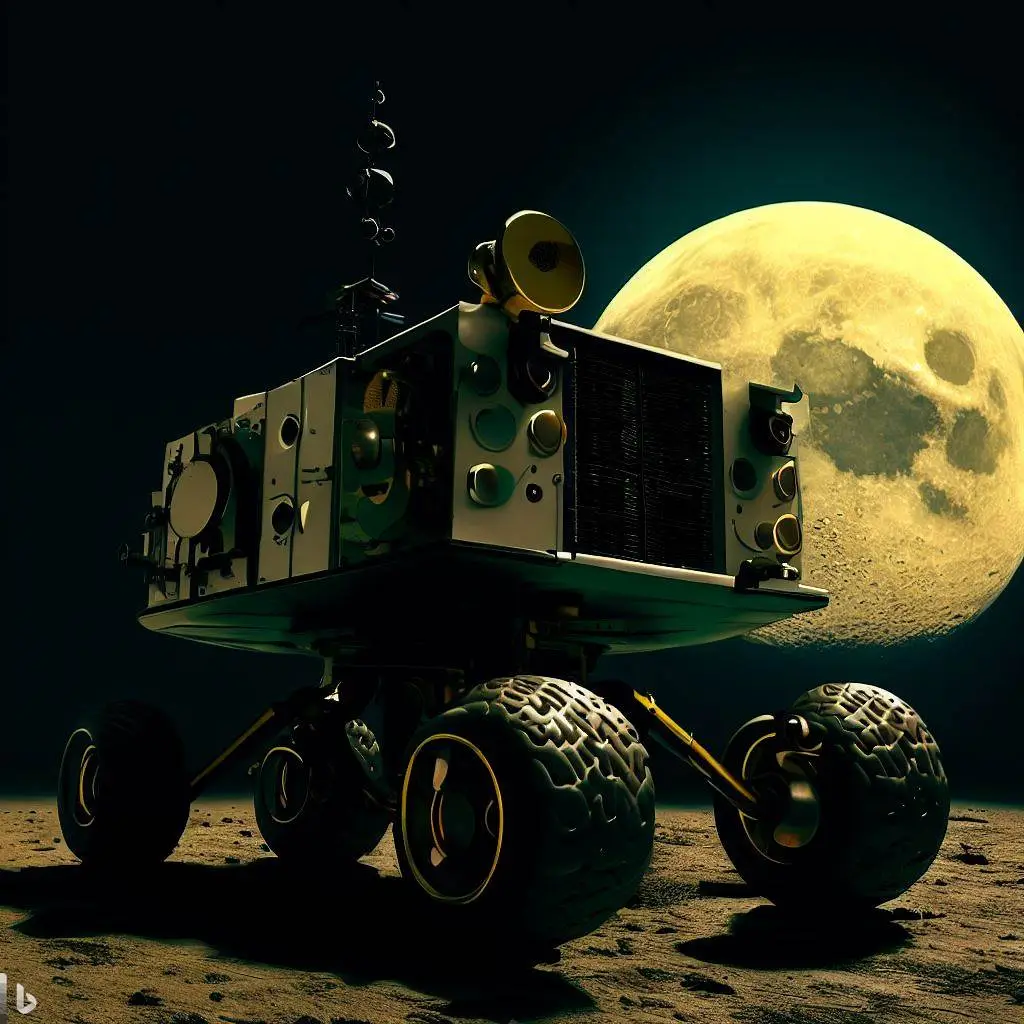
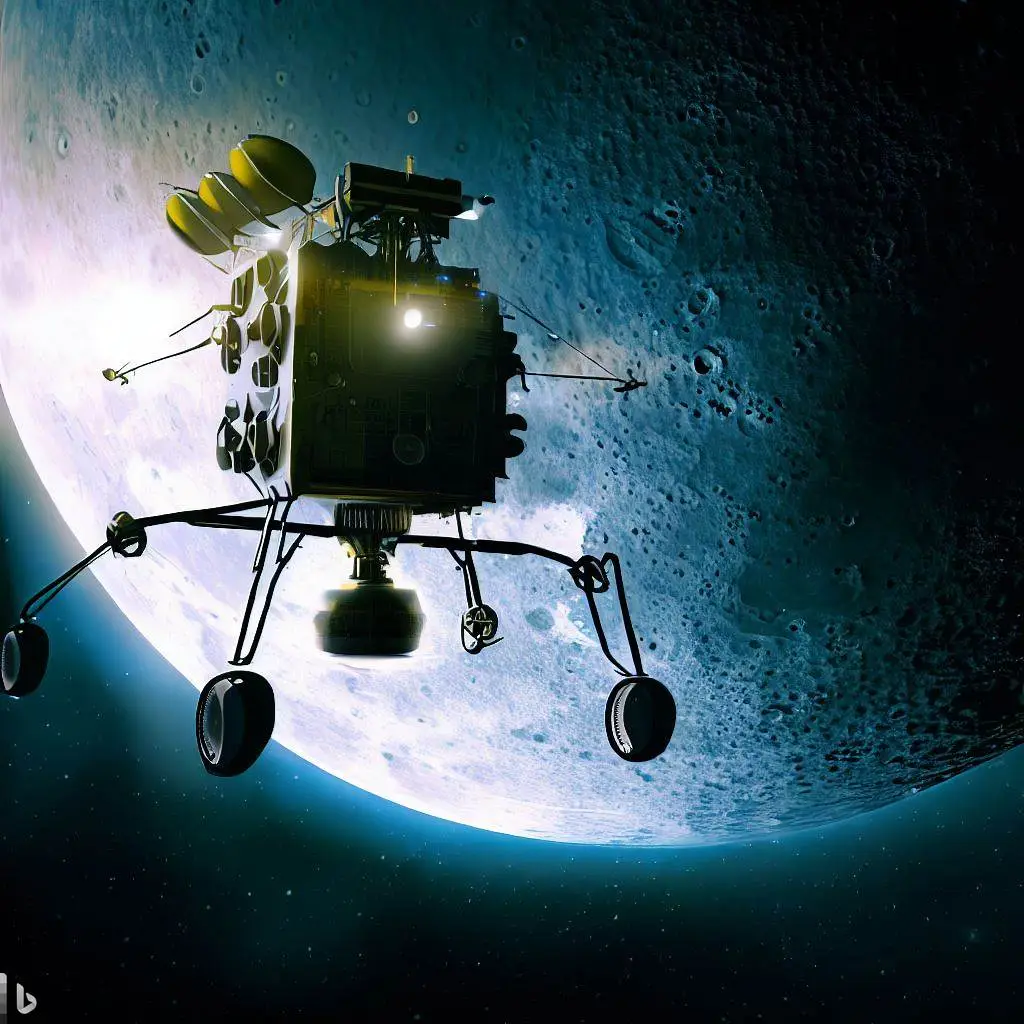

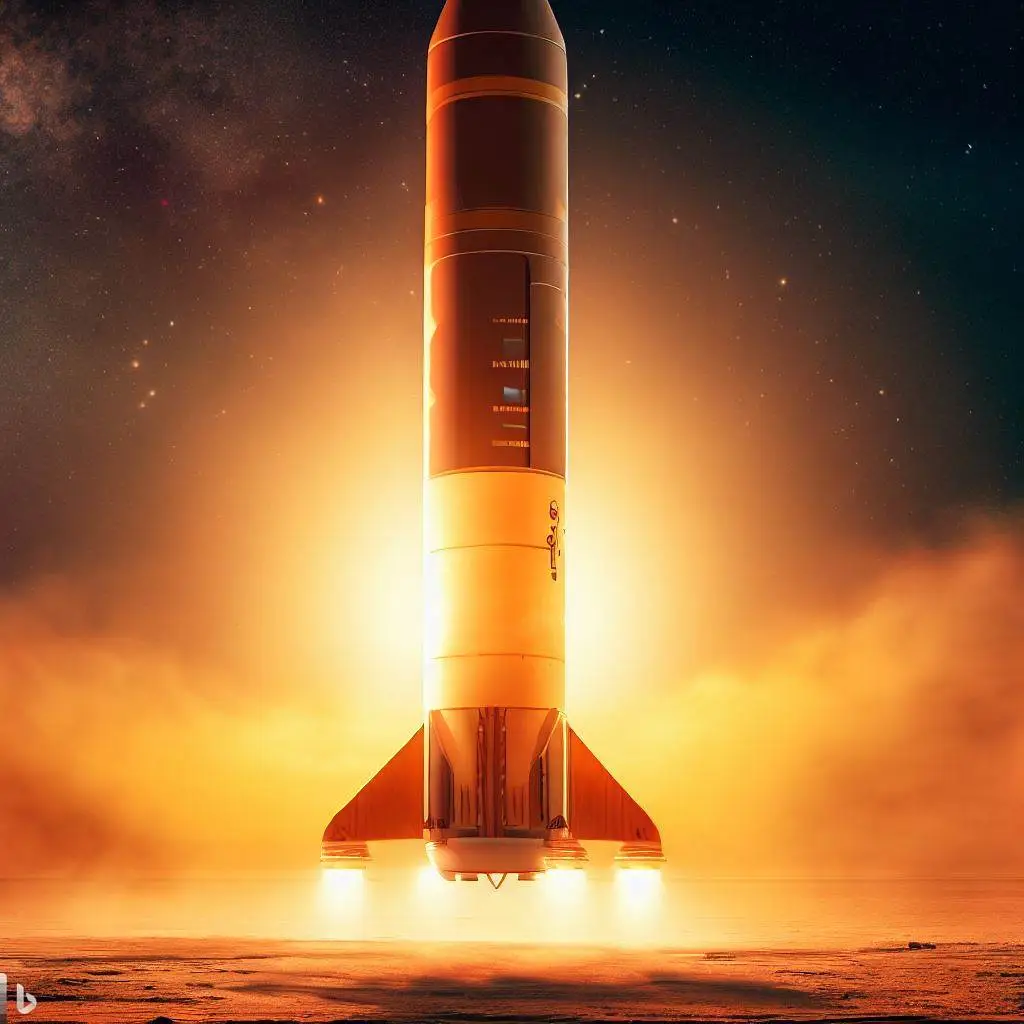
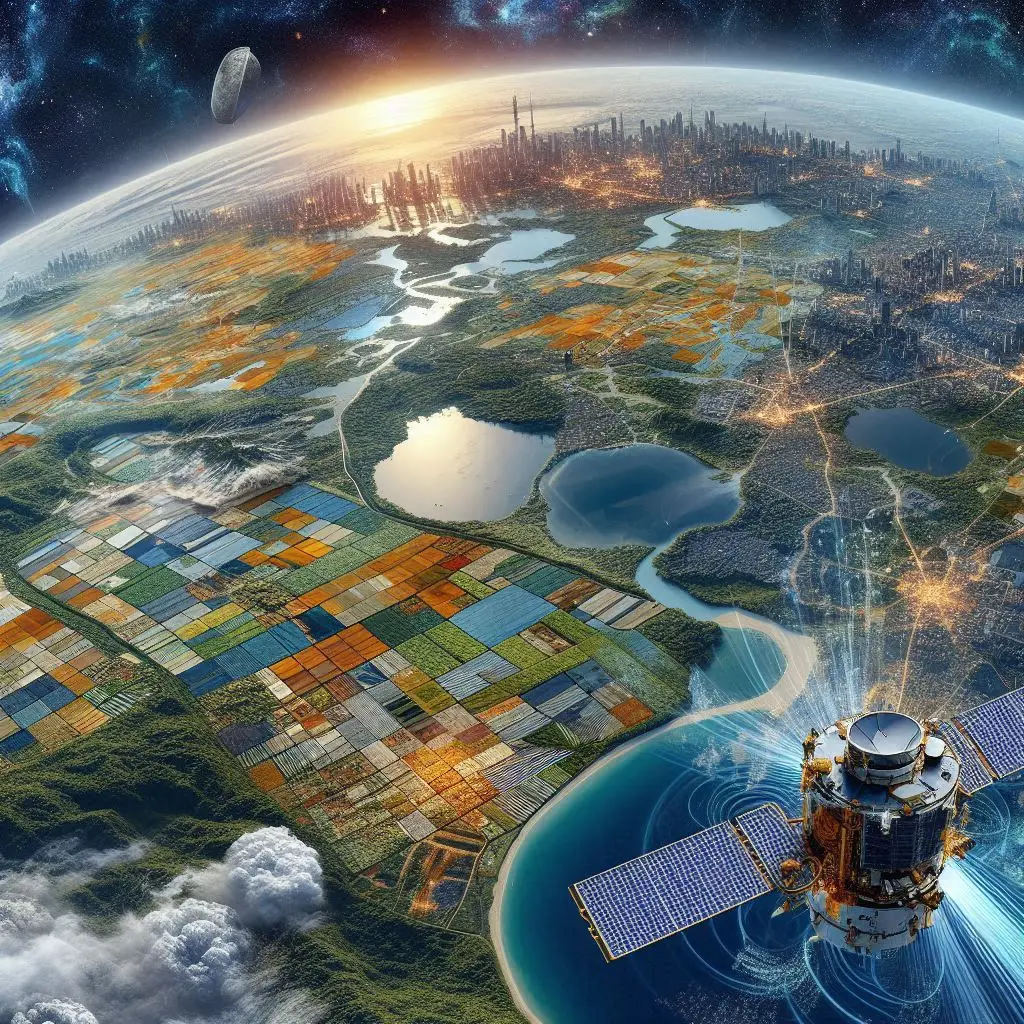
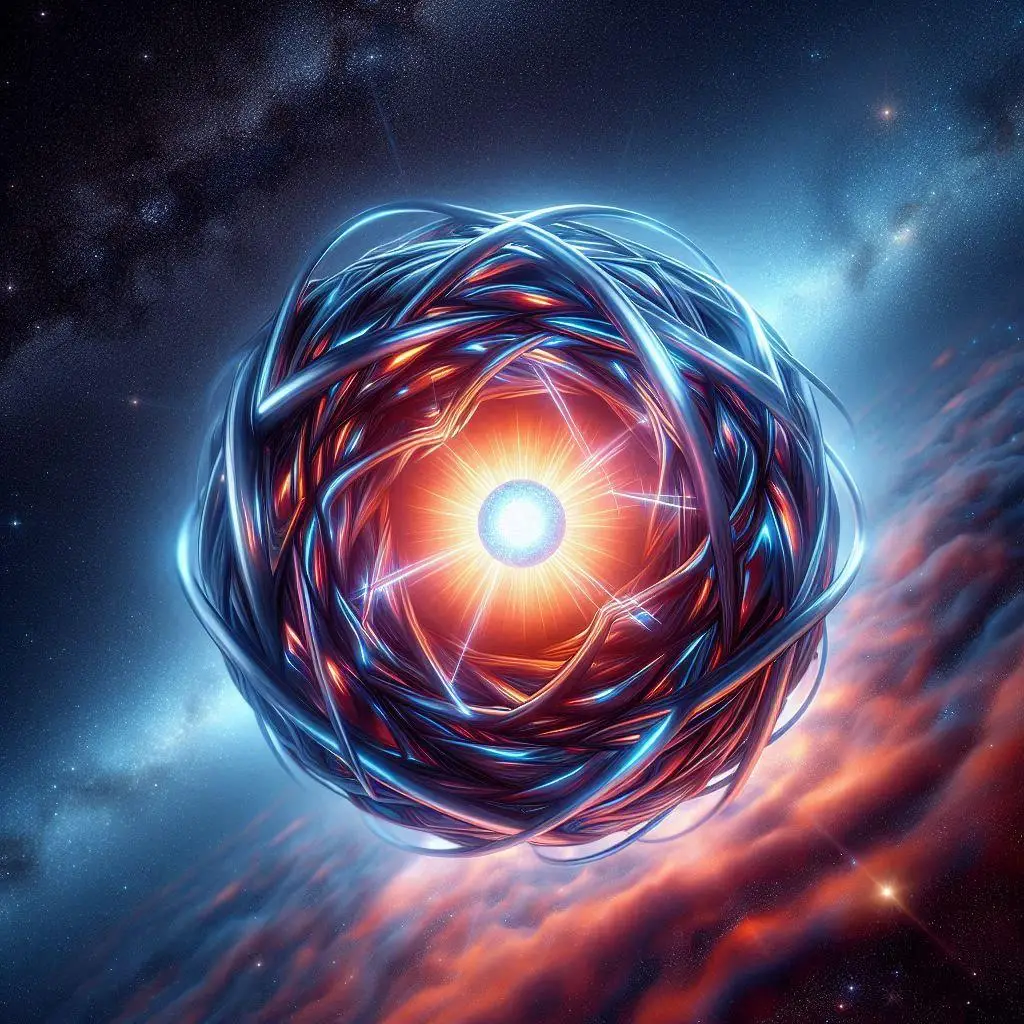


Add a Comment: